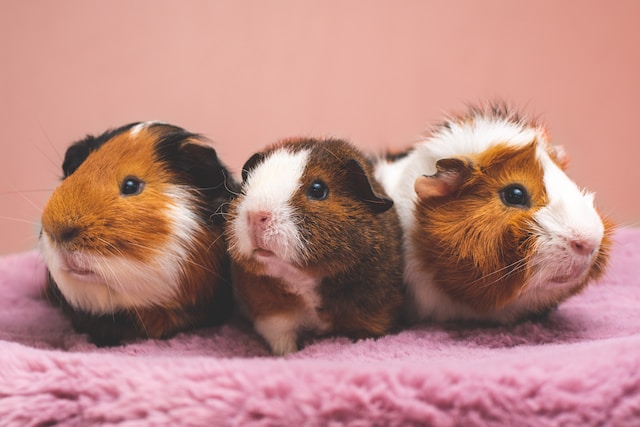Hamsters are popular pets due to their small size, cute appearance, and playful personalities. However, there are many myths and misconceptions surrounding these tiny creatures. One of the most common questions asked by hamster owners is whether their pet can turn inside out.
Contrary to popular belief, hamsters cannot turn inside out.
This myth has been perpetuated for years but is not true. Hamsters have a unique anatomy that allows them to curl up into a ball when they feel threatened but cannot turn their bodies inside out.
This myth likely originated from hamsters having a flexible spines, which allows them to contort their bodies in various ways. However, this flexibility does not extend to turning their bodies inside out.
Can Hamsters Turn Inside Out?
What Happens When a Hamster Dies?
When a hamster dies, its body undergoes a process called decomposition. This process involves the breakdown of organic matter by bacteria and other organisms.
As the body decomposes, gases are released, and the body bloats. This can cause the skin to stretch and tear, leading to the appearance of the hamster “turning inside out.”
The Myth of Hamsters Turning Inside Out
Despite popular belief, hamsters cannot actually turn inside out. Instead, the idea likely originated from a misunderstanding of the decomposition process.
As the body bloats and the skin stretches, it can appear that the hamster’s internal organs are being forced out through the skin. However, this is not what is happening.
The Science Behind Decomposition
As mentioned earlier, decomposition is the breakdown of organic matter by bacteria and other organisms—various factors, including temperature, moisture, and oxygen, influence this process. In general, warmer and moister environments are more conducive to decomposition.
Why Do People Believe Hamsters Turn Inside Out?
The belief that hamsters can turn inside out may be due to a lack of understanding about decomposition. Additionally, the idea may have been perpetuated by urban legends and other misinformation.
It’s important to note that while the appearance of a hamster “turning inside out” may be alarming, it is a natural part of the decomposition process and does not threaten human health.
Overall, while hamsters cannot turn inside out, understanding the science behind decomposition can help dispel myths and misconceptions about the process.
What to Do When Your Hamster Dies
Losing a pet can be a difficult and emotional experience. When a hamster dies, it’s essential to handle their body carefully and take the time to grieve their loss. Here are some considerations for what to do when your hamster passes away.
Proper Disposal of Your Hamster’s Body
When your hamster dies, it’s essential to dispose of its body correctly. Here are some options to consider:
- Burial: You can bury your hamster in a backyard or pet cemetery. Make sure to dig a deep enough hole so other animals won’t dig up the body.
- Cremation: You can have your hamster cremated at a pet crematorium. Some veterinary clinics also offer this service.
- Local regulations: Check your local laws to see if there are any specific rules regarding the disposal of dead animals.
Grieving the Loss of Your Hamster
Losing a hamster can be a challenging experience, especially if they were a beloved pet. Here are some ways to grieve the loss of your hamster:
- Take time to process your emotions: Feeling sad or upset is okay after your hamster dies. But take the time to acknowledge and process your feelings.
- Talk to someone: Consider talking to a friend or family member about your loss. They may be able to offer support and comfort.
- Memorialize your hamster: You can create a memorial for your hamster, such as a photo album or a special keepsake.
Considerations Before Getting Another Hamster
If you’re considering getting another hamster after your loss, here are some things to consider:
- Take time to grieve: It’s essential to take the time to grieve your hamster’s loss before getting another pet.
- Consider the cost: Hamsters can be expensive to care for, so make sure you’re prepared for the financial responsibility.
- Research breeds: Research different hamster breeds to find one that fits your lifestyle and personality.
Losing a hamster can be a challenging experience, but taking the time to dispose of their body and grieve its loss correctly can help with the healing process.




